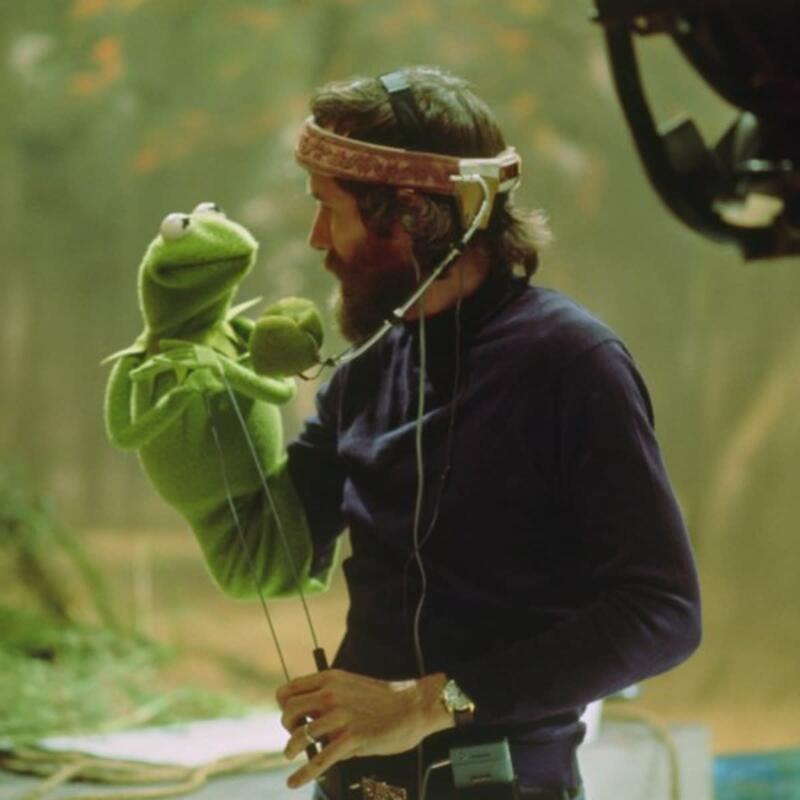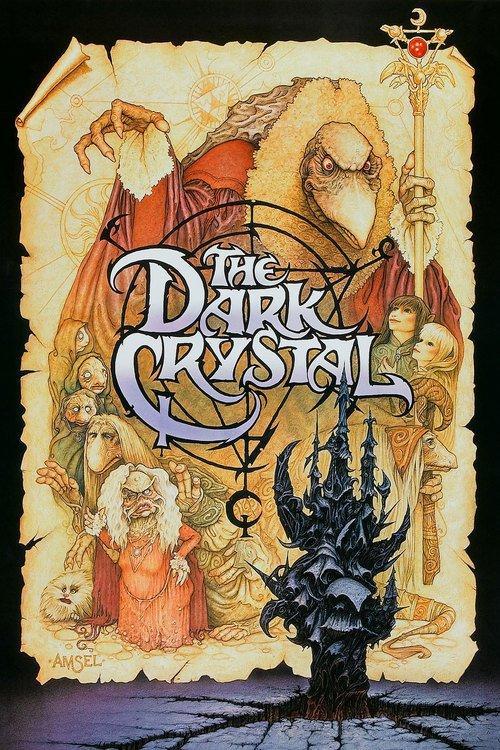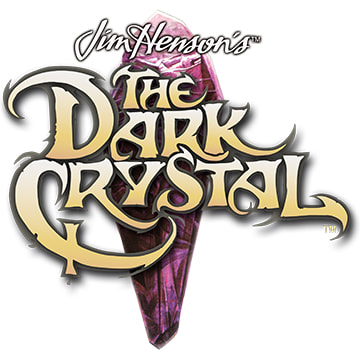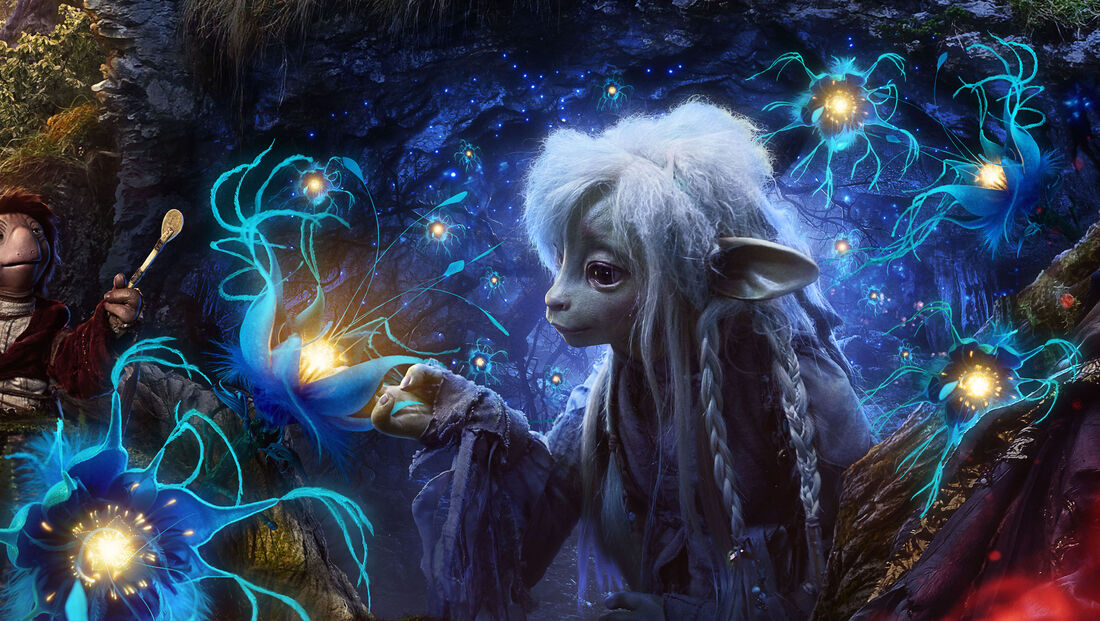|
TGIF Wildcats! Today I have a special treat for you. I am not sure how familiar you are with Jim Henson and the film The Dark Crystal… but it’s a favorite from my childhood. I grew up on many of his characters and the fantastical worlds he constructed. In order to celebrate the 38th anniversary of The Dark Crystal and my upcoming birthday (both us masterpieces birthed in 1982) I thought this would be an opportune time to usher you into the world of Henson’s imagination and encourage to flex your own creativity. Also, towards the end of this post I have included the ANSWERS to the Prehistoric Stone Age Art Questions so I am not accepting that assignment any longer. You all have some interesting, insightful and comical responses to the open ended questions and I have included them below for you all to check out what each other had to say! THE MAN, THE MYTH, THE LEGEND
Jim Henson, an extraordinary artist and visionary, invented unique worlds and characters that remain just as vivid, original and fresh today as when they were created. A television pioneer, an innovator in puppetry, technology and visual arts, and a performer who literally brought to life some of the most memorable characters ever-including the world's most famous frog, Kermit™ - Jim Henson's impact on entertainment, education and culture continues to this day. THE MAGIC OF JIM HENSON Henson began developing puppets in high school. He created Sam and Friends, a short-form comedy television program, while he was a freshman at the University of Maryland, College Park. He graduated from the University of Maryland with a degree in home economics, after which he produced coffee advertisements and developed experimental films. In 1958, he co-founded Muppets, Inc., which became The Jim Henson Company.
On May 16, 1990, Henson died in New York City at the age of 53. His ashes were scattered near Taos, New Mexico. In the weeks following his death, he was celebrated with a wave of tributes. He was posthumously inducted into the Hollywood Walk of Fame in 1991 and was selected to be one of the Disney Legends in 2011. THE DARK CRYSTAL PLOT Master Muppeteers Jim Henson and Frank Oz co-direct this classic fantasy film that tells the mythical tale of Jen, the last of the Gelfling race, who is charged with healing the Crystal of Truth after its mutilation ushered in an era of terror at the hands of the wicked Skeksis. A millennium ago on the planet Thra, two new races appeared when a shard was shattered from the Crystal of Truth: the malevolent Skeksis whose continued corruption of the Crystal to extend their lives ravaged Thra, and the gentle urRu, more commonly known as the Mystics, who made their home in the Valley of Stones to await for their destiny. The leader of the urRu, the Master UrSu, raised a young Gelfling named Jen whose clan were slaughtered by the Skeksis. As the Great Conjunction of Thra's three suns draws near, a dying UrSu instructs Jen to fulfill a prophecy to heal the Crystal by first retrieving the Shard from Aughra. Jen must find a missing shard in the observatory of an ancient astronomer before the Skesis are given the power to rule for all eternity. Henson's inspiration for the visual aspects of the film came around 1975–76, after he saw an illustration by Leonard B. Lubin in a 1975 edition of Lewis Carroll’s poetry showing crocodiles living in a palace and wearing elaborate robes and jewelry. The film's conceptual roots lay in Henson's short-lived The Land of Gorch, which also took place in an alien world with no human characters. According to co-director Frank Oz, Henson's intention was to "get back to the darkness of the original Grimms' Fairy Tales", as he believed that it was unhealthy for children to never be afraid. THE DARK CRYSTAL TRAILER 1982JIM HENSON’S THE DARK CRYSTAL WORLD OF MYTH AND MAGIC SPECIAL EXHIBIT
THE DARK CRYSTAL & LABYRINTH EXHIBITS |
Nicole
|







 RSS Feed
RSS Feed